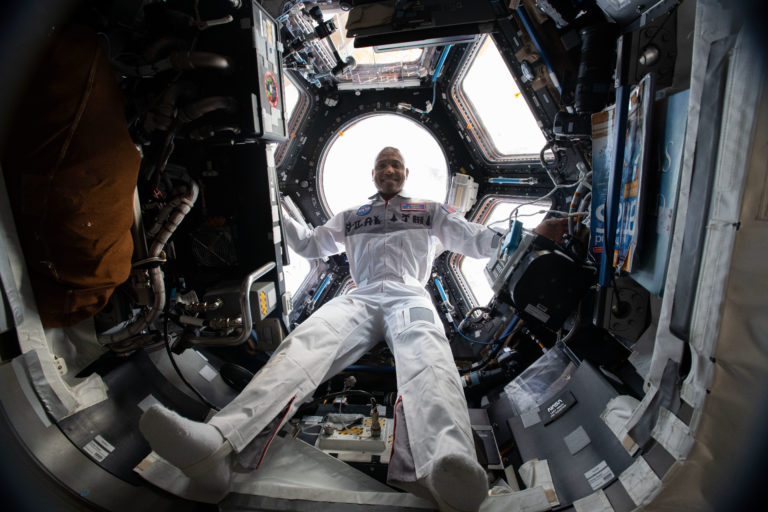Mission and Rank
Pilot, Commander for U.S. Navy
SpaceX Crew-1, Expedition 64, Expedition 65: SpaceX's Crew Dragon
Captain Micheal S. Hopkins
November 16, 2020
Organization
National Aeronautics and Space Administration (NASA)
SpaceX Crew-1, Expedition 64, Expedition 65 Destination:
International Space Station (ISS)
Victor Jerome Glover is a NASA astronaut of the class of 2013 and Pilot on the first operational flight of the SpaceX Crew Dragon to the International Space Station. Glover is a commander in the U.S. Navy where he pilots an F/A-18, and is a graduate of the U.S. Air Force Test Pilot School. He was a crew member of Expedition 64, and served as a station systems flight engineer.
In August 2018 Glover was introduced as one of the Commercial Crew astronauts, assigned to fly on the first operational flight, and the second crewed flight overall, of SpaceX’s Crew Dragon. As part of that mission, he will be a crew member on ISS Expeditions 64 and 65 for more than six months. Glover is the first African American ISS Expedition crew member to live on the ISS, not only visit the ISS for a short stay like on the Space Shuttle as an ISS assembly astronaut.
Glover’s first spacewalk, which lasted for more than six hours on January 27, 2021, was a team effort with Hopkins as they worked to upgrade the Columbus module. On his second spacewalk, also with Hopkins, Glover replaced a broken external camera. On Glover’s third spacewalk, he and Kate Rubins began work to upgrade the station power supply with hardware in preparation for installation of new solar arrays.
“Mr. Glover’s achievement is notable for NASA, which has worked to spotlight the ‘hidden figures’ in its history, but has so far sent only 14 Black Americans to space out of a total of more than 300 NASA astronauts. He will not be the first Black astronaut aboard the station. But those who preceded him from NASA were members of space shuttle crews during the station’s construction and only made brief stays on the outpost.”
– The New York Times











